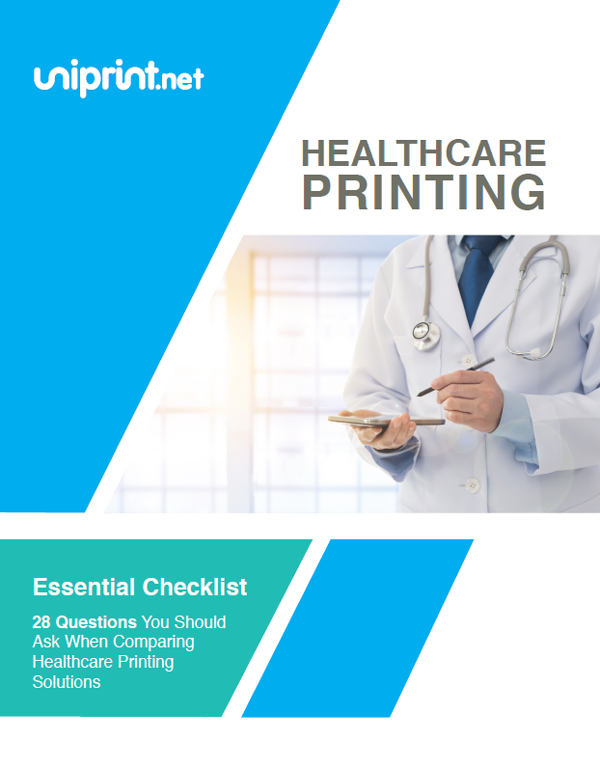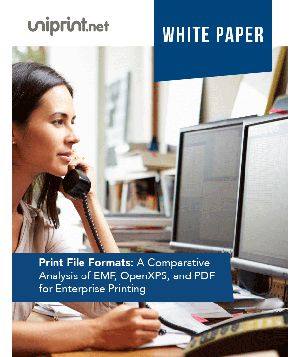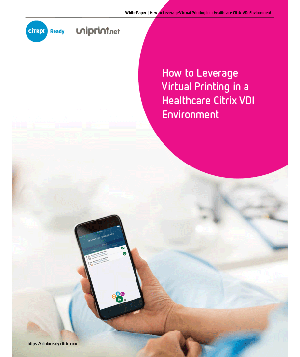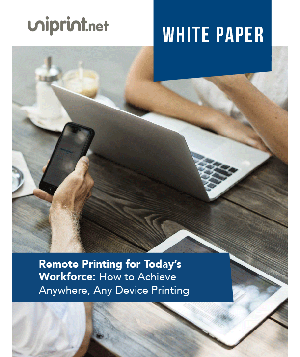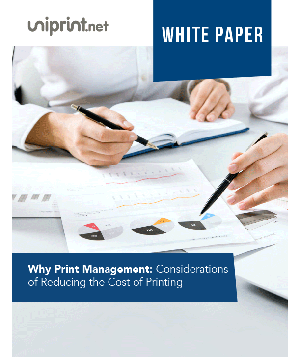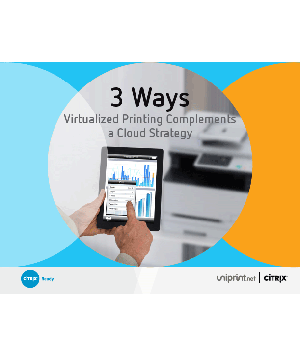GDPR Compliance Guide: 3 Steps to Start your Public Cloud Infrastructure
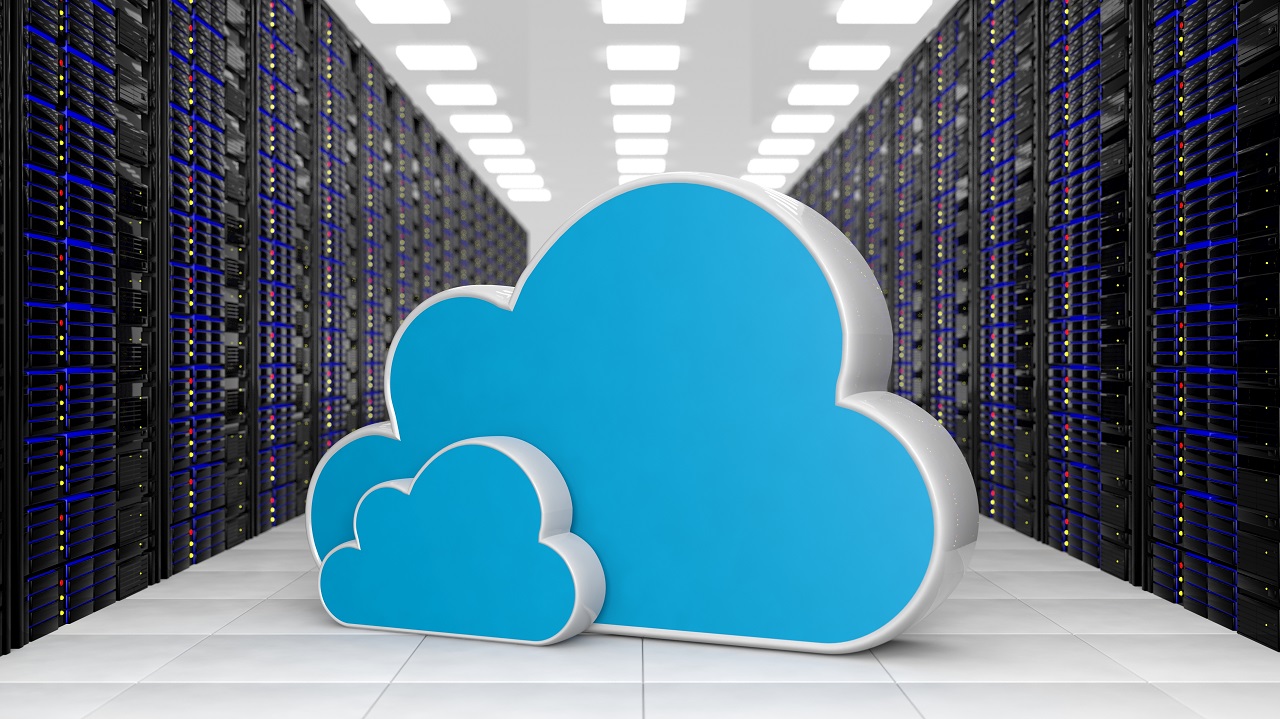
The European General Data Protection Regulation (GDPR) is a regulation which came into force in May of 2018, highlighting issues pertaining to data collection, processing, and privacy for individuals residing anywhere in the European Union.
Organizations dealing with the collection and processing of personal data must now demonstrate GDPR compliance, as non-compliance could lead to hefty fines! GDPR brings about several challenges for enterprises with respect to operating in public cloud computing environments.
Unfortunately, there are no defined guidelines for public cloud computing, thus making the GDPR a very intricate legal framework in the sphere of public cloud.
In this blog, we’ll look at three practical steps that firms dealing with public cloud infrastructure can take to achieve GDPR compliance.
1. Predict the effect of GDPR on your usage of public cloud
Enterprise designers should focus on three primary areas of the GDPR in order to ensure GDPR compliance while utilizing the cloud.
Data Subject Rights: GDPR highlights several requirements for organizations to abide by when handling the rights of data subjects to achieve GDPR compliance.
These requirements impose data security and data protection procedures to prevent leakage and unofficial access.
Organizations should maintain a high level of transparency for data subjects, develop a set of best practices, and upgrade their cloud systems often to maintain conformity with data subject rights.
Controller and Processor: This section of the GDPR is critical as it outlines the basis of evaluation for cloud service providers.
Organizations should ensure that they are in sync with their cloud service providers as it relates to an understanding of the basic requirements of the GDPR, meetings should be arranged with cloud service providers and legal representatives, consulting from third-party firms should be involved if needed, and a fallout plan should be developed in the event that a provider does not maintain GDPR compliance.
Data Placement and Cross-Border Sharing: GDPR does not restrict cross border transfer of data, and processing of data outside of the European Union (EU), given that basic logical and legal defense strategies are in effect.
Organizations should ensure that their cloud environments are hosted in the correct jurisdictions approved by the EU, and that cross-border agreements are in place between countries that will engage in data transfer.
Check out this free checklist on 25 Questions You Should Ask When Comparing Pull Printing Vendors!
2. Create a plan of action consisting of technical and organizational adjustments required to become GDPR compliant
Once the enterprise designer has estimated the effect of GDPR on public cloud usage, a plan must be developed to deal with possible GDPR violations and ensure GDPR compliance.
In situations where cloud is already in use, customization towards GDPR compliance is of utmost importance.
Organizations must identify whether existing workflows are completely or partially compliant with the GDPR. Applications requiring customization in order to meet GDPR requirements must be identified and grouped according to whether they require substantial or minimal customization.
With coordination from application leaders and business unit heads, a target deadline must be established for when the customization should be completed by. It is also essential to make sure that backup workflows are in place in order to avoid discontinuity while customization is takin place.
3. Assess Cloud Service Providers
Assessing GDPR compliance of cloud service providers is of essential importance. In order to carry this out, enterprise designers should collaborate with security and legal teams, as they can provide in-depth insight into contractual terms that the cloud service providers are able to agree on.
The following points can serve as general guidelines for evaluating cloud service providers for GDPR compliance:
- Ability to sustain data placement and cross-border migration requirements
- Observance of cloud code of conduct
- Certification of data protection mechanisms
Check out this free checklist on 25 Questions You Should Ask When Comparing Pull Printing Vendors!
Try UniPrint InfinityCloud
Whether you are printing at the office or at home, UniPrint InfinityCloud is the cloud printing solution of choice for your organization.
Recent Posts
- Why Traditional Printing No Longer Works In Your Office
- How to Streamline and Modernize Printing in Healthcare Environment
- When Print Management Becomes a Crisis: How to Act Fast
- 10 Ways Cloud Print Management Can Increase Security to Prevent Data Loss and Increase Productivity
- Serverless Printing 101: A Beginner’s Guide to Going Server-Free with Print
- Cloud Printing Management: The Secret to Fewer Help Desk Tickets
- Why Should You Outsource Printing Management? A Comprehensive Overview
- How Cloud Print Management Prevents Print Server Vulnerabilities
- Is Printing Dead?
- How InfinityCloud Outshines Microsoft Universal Print in 2024
- See All




